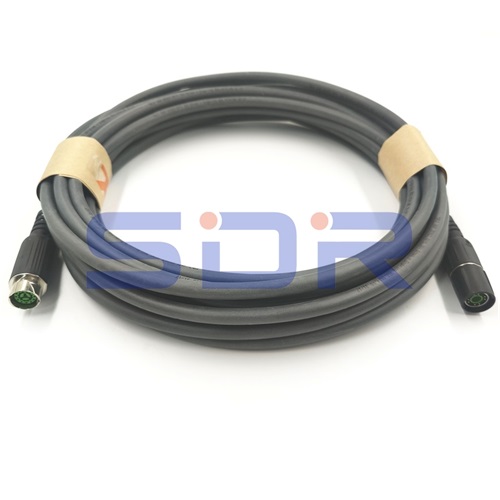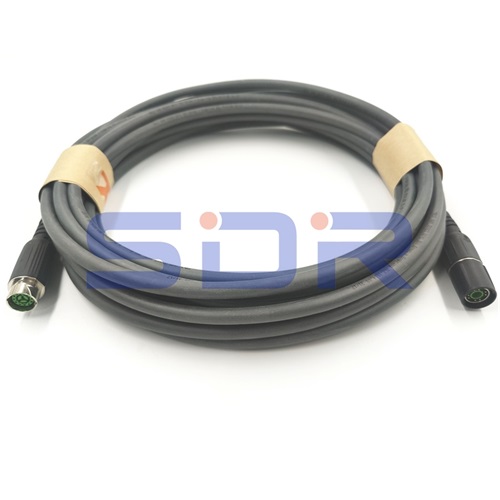The power consumption of a KUKA robot can vary depending on its model and configuration, as well as the tasks it performs. However, as a general guideline, the power consumption of a KUKA robot can range from 2 kW to 10 kW.For example, the KUKA KR 60-3, which is a popular industrial robot used for various applications such as welding, handling, and assembly, has a power consumption of around 7 kW. Meanwhile, the smaller KUKA KR 6 R700 sixx, which is often used for pick-and-place applications, has a power consumption of approximately 2 kW.

It's important to note that power consumption can also be affected by factors such as the length of the robot's operating cycle, the amount of weight it is carrying, and the complexity of the tasks it is performing. Therefore, actual power consumption may vary depending on the specific conditions of use.
KUKA robots use various types of cables for their different functions, such as power supply, signal transmission, and communication. Here are some common types of cables used by KUKA robots:
1.KUKA Robot Power Cable: KUKA robots use power cables to supply electrical power to the robot's motors and other components. These cables are usually thick and heavy-duty, and can carry high voltage and current.
2.Signal cables: Signal cables are used to transmit signals between the robot's control system and various sensors, actuators, and other devices. These cables are typically thinner than power cables and may include multiple conductors for different types of signals.
3.Ethernet cables: Ethernet cables are used for communication between the robot's controller and other devices, such as a PC or other machines in a network. KUKA robots typically use standard Ethernet cables with RJ45 connectors.
4.KUKA Robot Encoder Cable: Encoder cables are used to transmit position and velocity feedback signals from the robot's motors to the controller. These cables are usually shielded and can be twisted-pair or coaxial.
5.KUKA Robot Teach Pendant Cable: Teach Pendant Cables are used to connect the teach pendant to the robot's controller, allowing the operator to program and control the robot from a remote location. These cables are usually coiled to prevent tangling and can have various connectors, depending on the robot model.

It's important to note that KUKA robots have specific requirements for cable quality, length, and routing to ensure reliable and safe operation. Therefore, it's recommended to use KUKA-approved cables and follow the manufacturer's guidelines for cable installation and maintenance.
Previous: Is YASKAWA Robot Power Cable Good Quality?
Next: What is a Robot Cable?